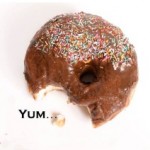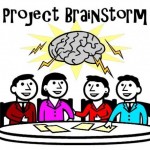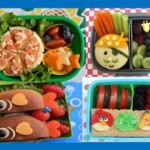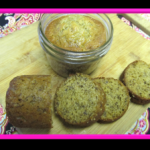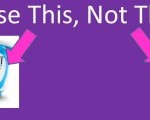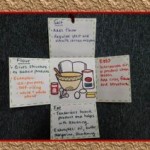
When I teach my quickbread unit I like my students to know the function of the basic ingredients they are working with. InIngredients.Foldable order to do this, I like to do a mini-pancake demo made up of rounds. Each round adds a new ingredient to the mini-pancakes. Students must taste test the mini-pancakes during each round and try to figure what the purpose or function of the basic ingredient is and describe the pancake’s taste, texture and appearance. After sharing their guesses, students create a foldable of ingredient function notes and then apply it to the pancake demo in a follow-up review.




